Botanical Watercolor: Illustrating Art and Science
Course final project
A course by Julia Trickey , Botanical Artist
About the final project for: Botanical Watercolor: Illustrating Art and Science
Botanical Watercolor: Illustrating Art and Science
“You have reached the end of this course, and now you’re all set to start your project. Let me show you an example of what I would like to see in your project course: The Fruit Choose the fruit for your study. Perhaps you could pick something that grows in the area where you live. Or visit the local store and see which colours or textures appeal to you. Remember, you can focus on the outside or cut your fruit in half to display what it looks like inside. Also, remember that peppers, tomatoes, pumpkin, bean pods and so on are all botanically classed as fruits, so don’t overlook these!
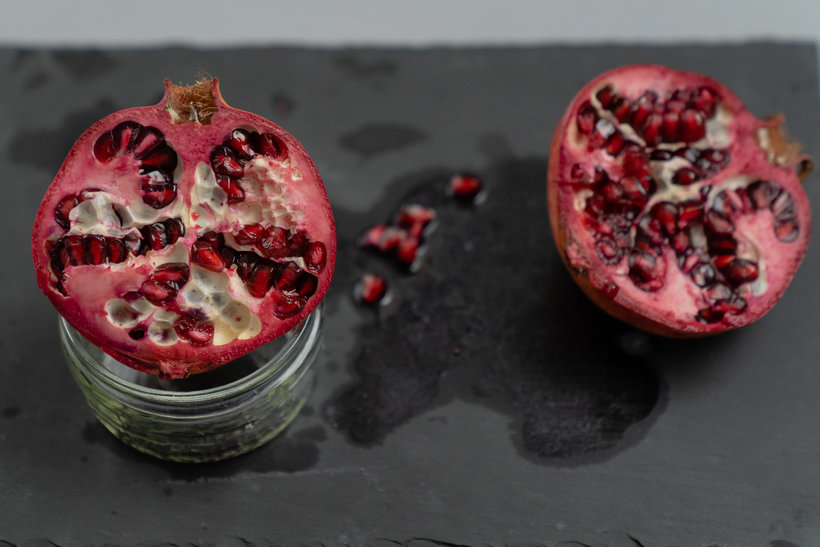
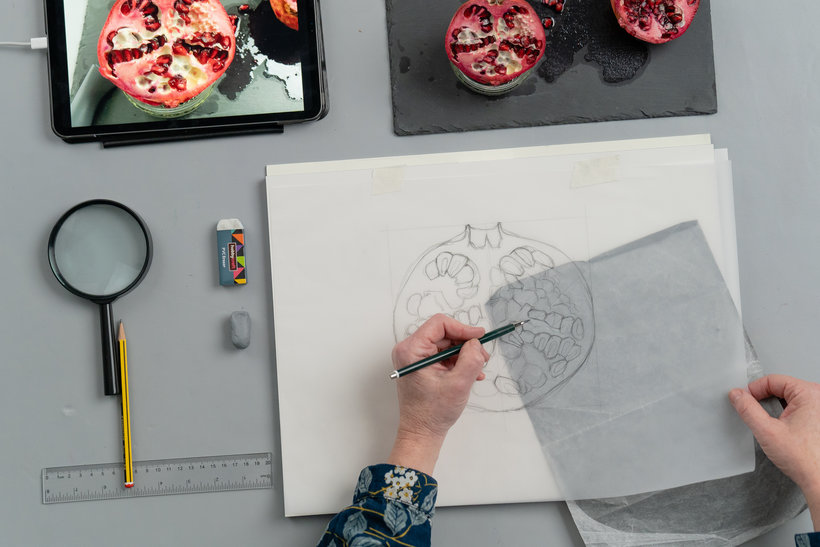
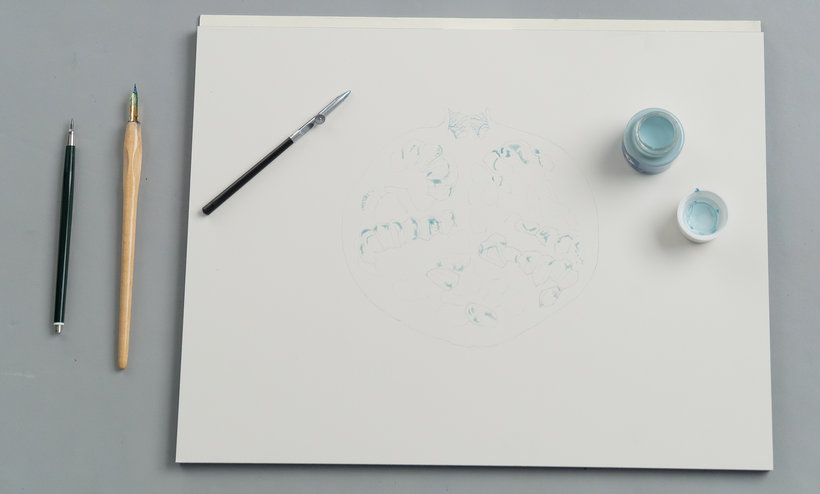
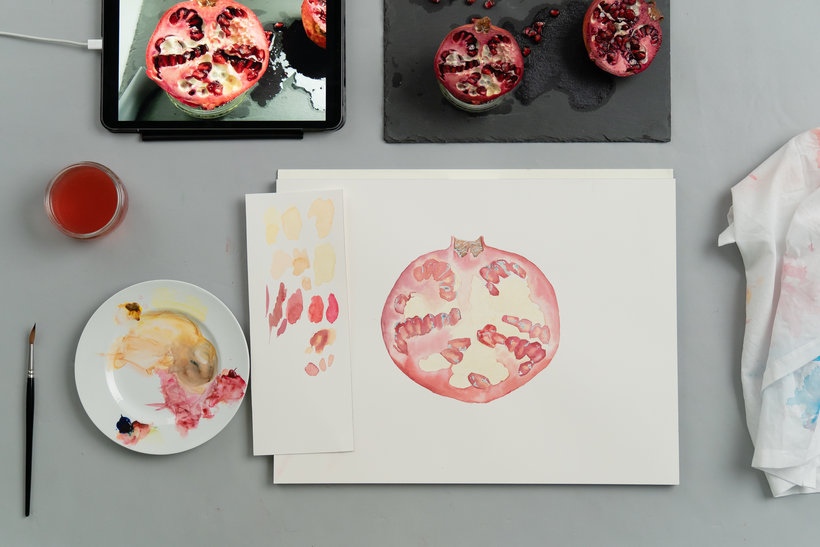

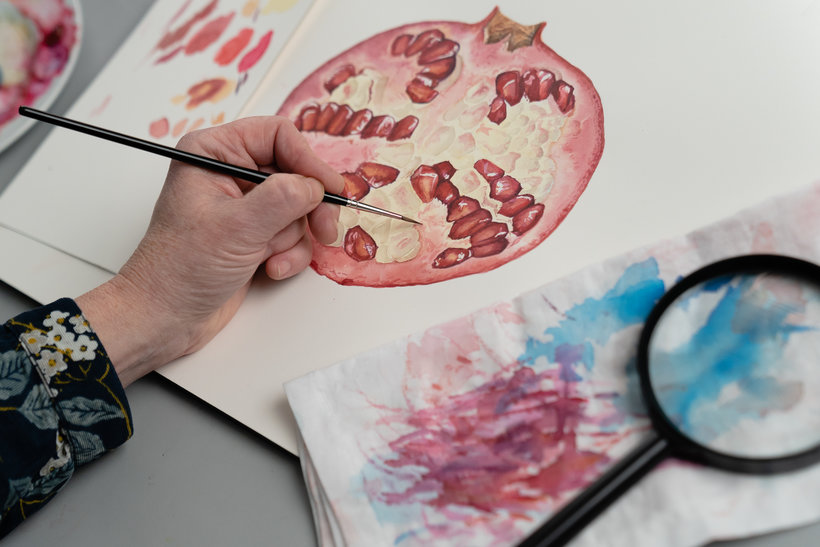
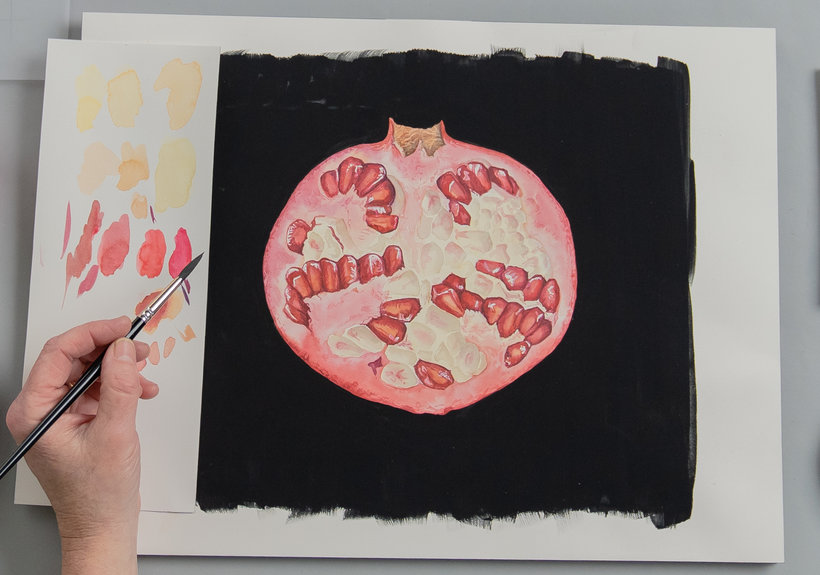
Partial transcription of the video
“ Final Project In this final lesson, we'll recap what we've learned. I'll share some tips as you continue on your botanical journey. You all have seen that this approach to accurate botanical drawing is artistically challenging but enriching. Being able to capture the essence of a fruit whilst keeping it botanically correct can bring your everyday subject centre stage. First off, you can choose your fruit, which could be something grown locally or even from a store, focusing on colours or textures that appeal to you. Remember to explore beyond well-known options, such as peppers or tomatoe...”
This transcript is automatically generated, so it may contain mistakes.
Course summary for: Botanical Watercolor: Illustrating Art and Science
-
Category
Illustration -
Areas
Botanical Illustration, Drawing, Fine Arts, Painting, Traditional illustration, Watercolor Painting

Julia Trickey
A course by Julia Trickey
Julia Trickey is an award-winning botanical artist and tutor based in Bath, England. She grew up in a creative household and loved drawing from a young age, capturing seascapes and the natural world around her. She went on to study at art college and, years later, discovered a passion for botanical art after signing up for a class on the subject while in search of a hobby.
Since then, Julia has exhibited her work both in England and abroad and received awards, including four gold medals from the Royal Horticultural Society. She also teaches botanical art to others around the world and has been involved in several public art projects. Julia has written articles for national and international art journals and has various self-published guides for botanical artists. She also creates art for clients including Royal Mail and shares her work with over 30K followers on Instagram.
- 99% positive reviews (112)
- 3,658 students
- 15 lessons (2h 47m)
- 24 additional resources (7 files)
- Online and at your own pace
- Available on the app
- Audio: English, Spanish
- English · Spanish · Portuguese · German · French · Italian · Polish · Dutch
- Level: Beginner
- Unlimited access forever



